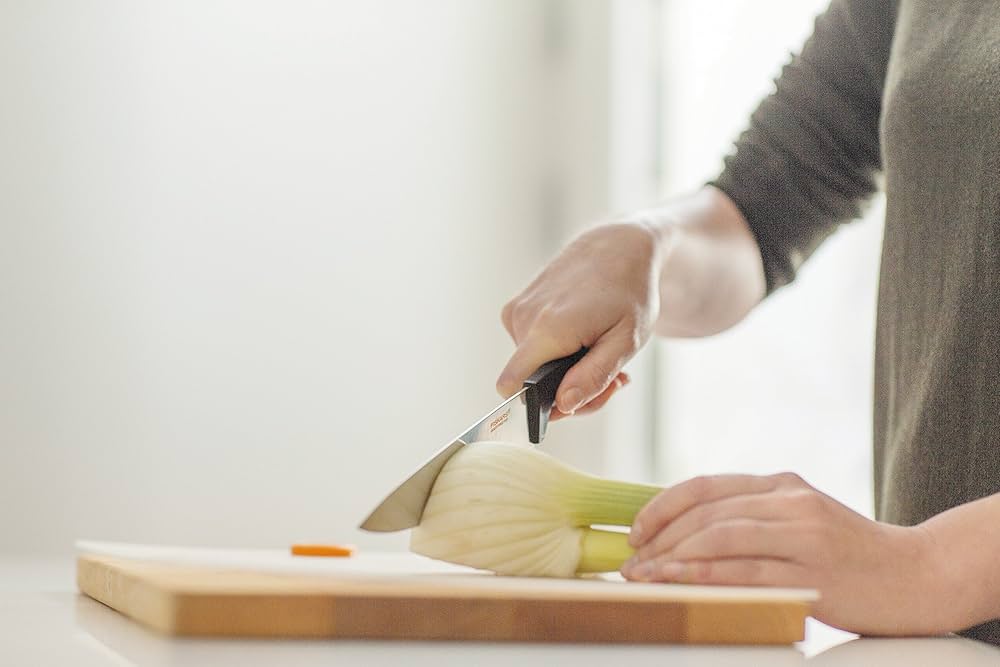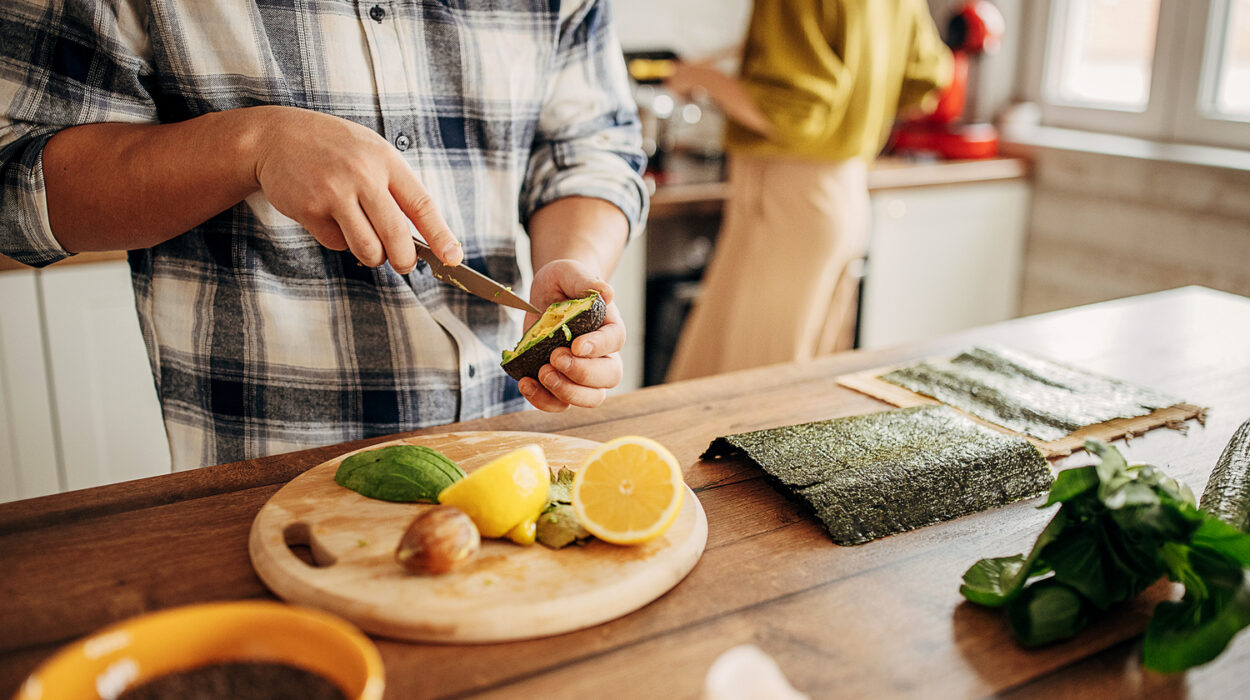In any commercial kitchen, maintaining cleanliness and safety standards is critical. One of the essential tools that demands proper attention is the cutting board. How should a manager deal with a cutting board to ensure hygiene and longevity? Let’s explore this in-depth.

Understanding the Importance of Cutting Boards
A cutting board is a fundamental kitchen tool used daily. From chopping vegetables to slicing meats, its role is indispensable. However, improper use and maintenance can lead to contamination and affect food quality and safety. Learn more about cutting boards here.
Types of Cutting Boards
- Wooden Cutting Boards
- Plastic Cutting Boards
- Bamboo Cutting Boards
- Glass Cutting Boards

Why Managers Should Care
Managers in commercial kitchens must ensure that cutting boards are used correctly to prevent cross-contamination and adhere to health regulations.
Health and Safety Regulations
Compliance with health and safety regulations is non-negotiable. Regular inspections and adherence to guidelines ensure that cutting boards are safe for use.
Durability and Cost Efficiency
Proper maintenance of cutting boards extends their lifespan, reducing the need for frequent replacements and saving costs.

Proper Usage of Cutting Boards
Ensuring that cutting boards are used for their intended purpose is key. Separate boards should be designated for different food groups, such as meats, vegetables, and dairy, to avoid cross-contamination.
Color-Coded Cutting Boards
Using color-coded cutting boards is a practical method to avoid cross-contamination by assigning different colors to specific types of food.
Sharp Knives and Cutting Boards
Utilizing sharp knives reduces the risk of injury and damage to cutting boards. It’s essential to train kitchen staff on correct techniques.
For example, using a sharp knife is crucial in maintaining the integrity of the cutting board. Discover how to use knives properly at cook chicken kabobs.
Maintaining Cutting Boards
Maintenance is crucial to ensure hygiene and prolong the life of cutting boards. This includes regular cleaning, drying, and proper storage.
Cleaning Cutting Boards
Thorough cleaning after each use is necessary. Both hot soapy water and sanitizing solutions are effective in removing food particles and bacteria.
Drying and Storing Cutting Boards
After washing, cutting boards should be dried completely to prevent mold growth. Proper storage in a dry, ventilated area is equally important.
Deep Cleaning and Sanitizing
Periodic deep cleaning and sanitizing using a bleach solution or commercial sanitizer will further ensure the cutting board’s hygiene.
Replacing Cutting Boards
Despite proper maintenance, cutting boards will eventually wear out. Knowing when to replace them is crucial.
Signs It’s Time to Replace
Deep grooves, excessive wear, and lingering odors are indicators that a cutting board needs to be replaced.
Sustainable Options
Choosing sustainable materials for cutting boards is environmentally friendly and can enhance kitchen operations.
Training and Compliance
It’s imperative to train kitchen staff on the correct use, maintenance, and hygiene practices concerning cutting boards.
Regular Training Sessions
Regular training sessions ensure that all staff members are updated on the latest hygiene standards and techniques.
Compliance Audits
Frequent compliance audits help identify potential issues with cutting board handling and offer opportunities for improvement.
FAQs
What is the best material for cutting boards?
While there are several materials, each has its pros and cons. Wooden boards are gentle on knives but require more maintenance, whereas plastic boards are easier to clean but may harbor more bacteria if not sanitized properly.
How often should cutting boards be replaced?
Cutting boards should be replaced when they show signs of excessive wear, deep grooves, or lingering odors that cannot be removed through cleaning.
Is it safe to use the same cutting board for different types of food?
No, it’s not safe to use the same cutting board for different types of food. It is essential to use separate boards or ensure thorough cleaning to prevent cross-contamination.
For further knowledge into cutting boards, you might like this detailed guide.
As an Amazon Associate, I earn from qualifying purchases.


